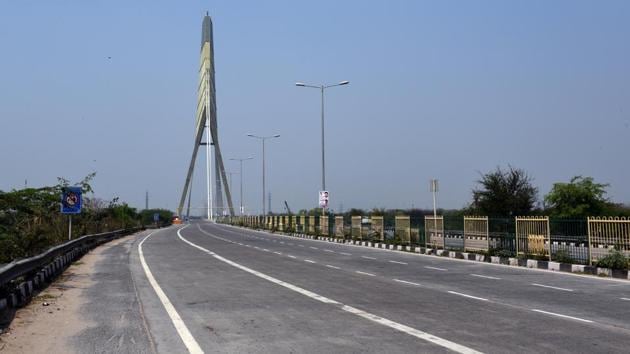Covid-19: What you need to know today
All passenger trains have been cancelled till the end of the month, as were all interstate buses. All Metro services, and Mumbai’s suburban network, also announced closure till March 31.
Italy reported 793 deaths on account of Covid-19 on Saturday, taking the total toll to 4,825. By Sunday night, the number had increased to 5,476 (there were 651 on Sunday alone). That’s over 35% of the total death toll around the world.

China enforced a military-style lockdown once the threat posed by the Sars-Cov-2 virus became clear. Italy was slow to do so. Worse, Italians were lax in following whatever restrictions were put in place. Not many practised social distancing, self-isolation or quarantines. Experts around the world believe the Italian experience proves the importance of containment measures (including isolating areas ravaged by the disease), curbs on free movement of people, even a comprehensive lockdown.
On Sunday, India seemed headed in that direction. All passenger trains were cancelled till the end of the month, as were all interstate buses. All Metro services, and Mumbai’s suburban network, also announced closure till March 31. It was always clear that the “people’s curfew” called by Prime Minister Narendra Modi was a trial for an extended curfew. Now, all signs are that this could happen sooner than anyone thought. By late evening on Sunday, many states and Union Territories had announced hard lockdowns. In addition, 82 districts across 22 states and UTs (the ones where there are a significant number of Covid-19 cases) have also been locked down .
The science on lockdowns in evolving. There is now no doubt that these flatten the curve, by reducing the opportunity for infections to be transmitted but there is also research to suggest that the subsequent removal of lockdowns could result in a so-called second wave of infections. People are expecting this in China, where factories have opened, and travel restrictions have eased. One such second wave is already manifesting itself in Hong Kong.
This is not the time to debate whether India left it till too long to announce a lockdown. Nor whether the disease is in Phase 2 or Phase 3 in India (Phase 3, community transmission, is when the source of a patient’s infection can’t be traced back to travel to a Covid-19-plus country or contact with another infected person). This writer’s own opinion is that India has announced a lockdown at the right time, that the disease is already is in Phase 3, and that the country missed an opportunity by not aggressively testing enough people when it should have (which could have prevented the disease from entering Phase 3).
More people are likely to be tested over the next few weeks in India – the testing criteria has been expanded to asymptomatic individuals and private laboratories have been allowed to start offering tests, although there seem to be some teething troubles on that front . And the lockdowns – they will be difficult to endure, but are necessary -- will help break the chain of infection irrespective of what phase it is in. But while hoping for the best (and that research may establish that the virus will not survive the notorious Indian summer), India needs to prepare for the worst. That means measures aimed at mitigation.
This will involve creating the health care infrastructure required to treat those severely affected by the virus. The experience of most countries where a large number of people have been affected by Sars-Cov-2 shows that four things are needed more than just about anything else: protective equipment for health care workers; ventilators ; hospital beds; and quarantine facilities.
India has already barred exports of ventilators, and Anand Mahindra, the head of the Mahindra Group, has said that his conglomerate will focus its efforts on quickly manufacturing ventilators. Vishwaprasad Alva, the founder of a Mysore-based start-up, Skanray technologies, which makes ventilators, says that while some of the components come from Europe (and supplies of these have been disrupted), the Defence Research and Development Organisation (DRDO) can help make these locally. The government would do well to put someone – it could be a minister, a bureaucrat in Niti Aayog, even a businessman from the private sector -- in charge of these efforts, a sort of manufacturing czar whose mandate is to boost local manufacturing of masks, protective equipment, and ventilators -- and quickly.
It’s possible that India won’t need these, just as it’s equally possible that it will need a lot.
The country ended Sunday with 396 infections and 7 deaths.






